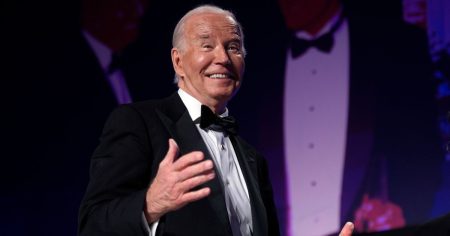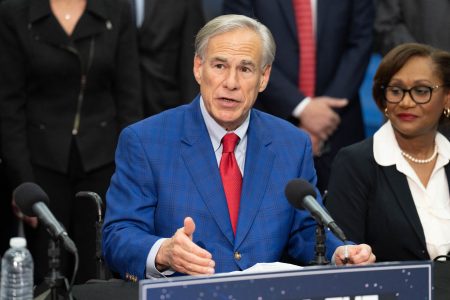Distance running has become increasingly popular over the past few decades, with marathons attracting thousands of participants each year. The Boston Marathon, the oldest annual marathon in the world, has seen a significant increase in the number of runners crossing the finish line. Despite this surge in popularity, the average finish time for marathons has slowed down, with more middle-aged or inexperienced runners taking part. The Boston Marathon, known for its fast field due to qualifying time requirements, has also seen a rise in average finishing times over the years.
Historically, marathons were considered suitable only for young, fit men, with running often seen as detrimental to women’s health. However, as distance running became a popular form of exercise, more people began participating in marathons. The expansion of the Boston Marathon and the establishment of new marathons like New York City’s and Chicago’s catered to the growing demand for these events. The shift from being a sport for fanatics to a more accessible activity for the general population has contributed to the increase in participants and slower average finish times.
While major marathons like Boston have seen a rise in average finish times, winners continue to maintain fast and competitive speeds. Boston’s course records for both men and women were set in the last 15 years, and world records are still being broken on American marathon courses. Despite the disparity between the finishing times of elite runners and slower participants, marathons offer a unique experience where everyone runs the same course on the same day, fostering a sense of community among participants.
To attract larger crowds and increase revenue, many marathon organizers prioritize field sizes and spectator turnout. Hosting a major marathon involves significant costs for cities, which are offset by registration fees paid by runners. Looser qualifying standards for entrants help recruit more participants, enhancing the overall experience for both runners and spectators. For some, running a marathon is more about personal achievement and the support from the community along the course, rather than hitting a specific time goal.
As marathons continue to grow in popularity, the sport remains a unique opportunity for individuals of all backgrounds and fitness levels to challenge themselves and become part of a larger community. Despite the trend of slower average finish times at major marathons, the appeal of these events lies in the personal goals, perseverance, and camaraderie experienced by participants. Whether competing for a top finish or simply crossing the finish line, marathons offer a shared experience that transcends age, experience, and background.













